Tyrosine Kinase
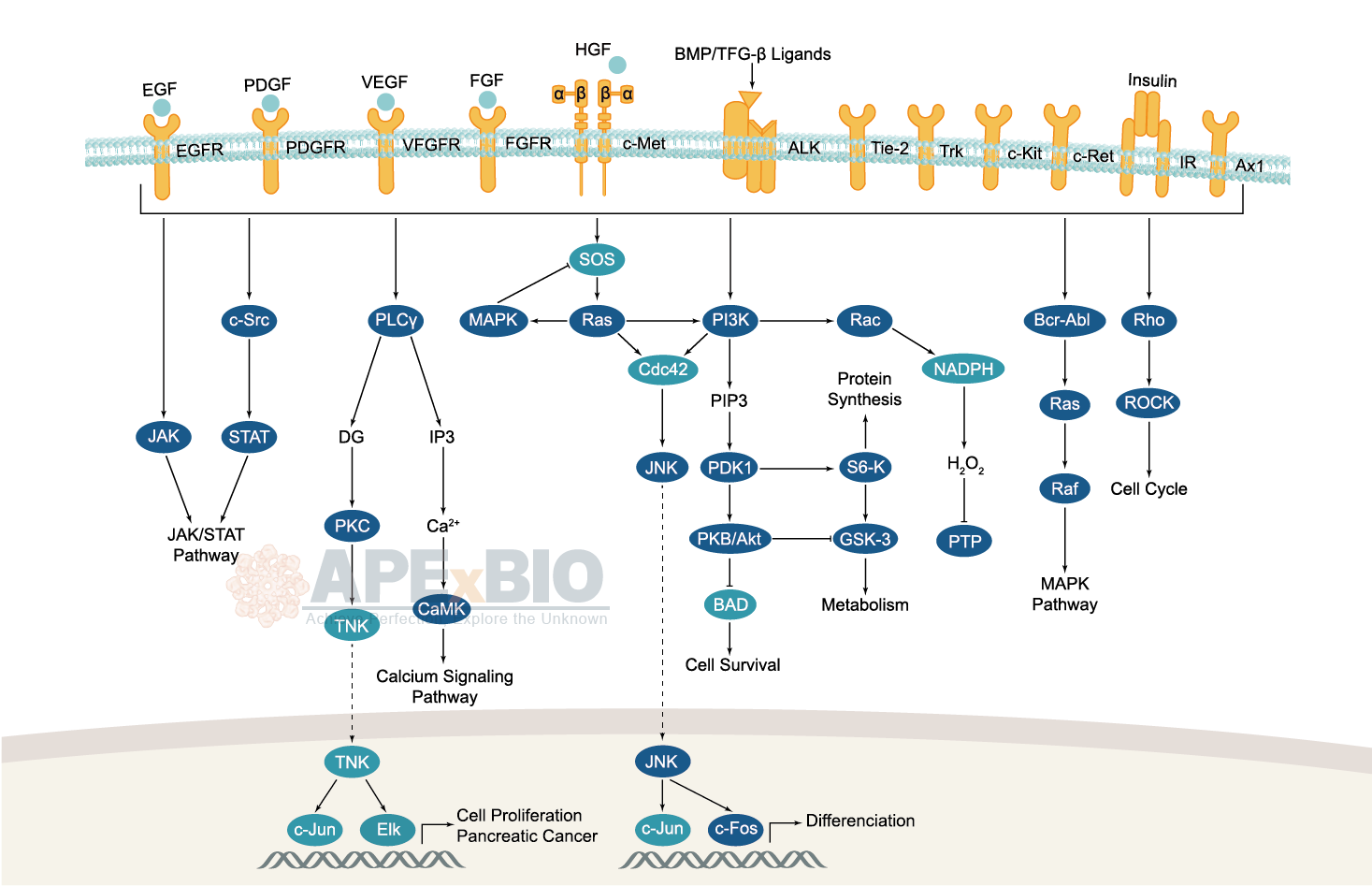
Receptor tyrosine kinases bind to extracellular ligands/growth factors, which promotes receptor dimerization and autophosphorylation of receptor tyrosine residues. This triggers a cascade of downstream events through phosphorylation of intracellular proteins that ultimately transduce the extracellular signal to the nucleus, causing changes in gene expression. Receptor tyrosine kinases include EGFR/ErbB, PDGFR, VEGFR, FGFR and MET subfamilies etc. Dysfunctions in tyrosine phosphorylation are linked to oncogenic transformation. In additions, various adaptor and effector proteins couple to carboxy-terminal of an active kinase. For instance, binding of the GRB2 adaptor protein activates EGFR and MAPK/ERK signaling.
Non-receptor tyrosine kinases involve many well-defined proteins (e.g. the Src family kinases, c-Abl, and Jak kinases) and other kinases which regulates cell growth and differentiation. For example, Src family kinases are curial for activating and inhibitory pathways in the innate immune response.
-
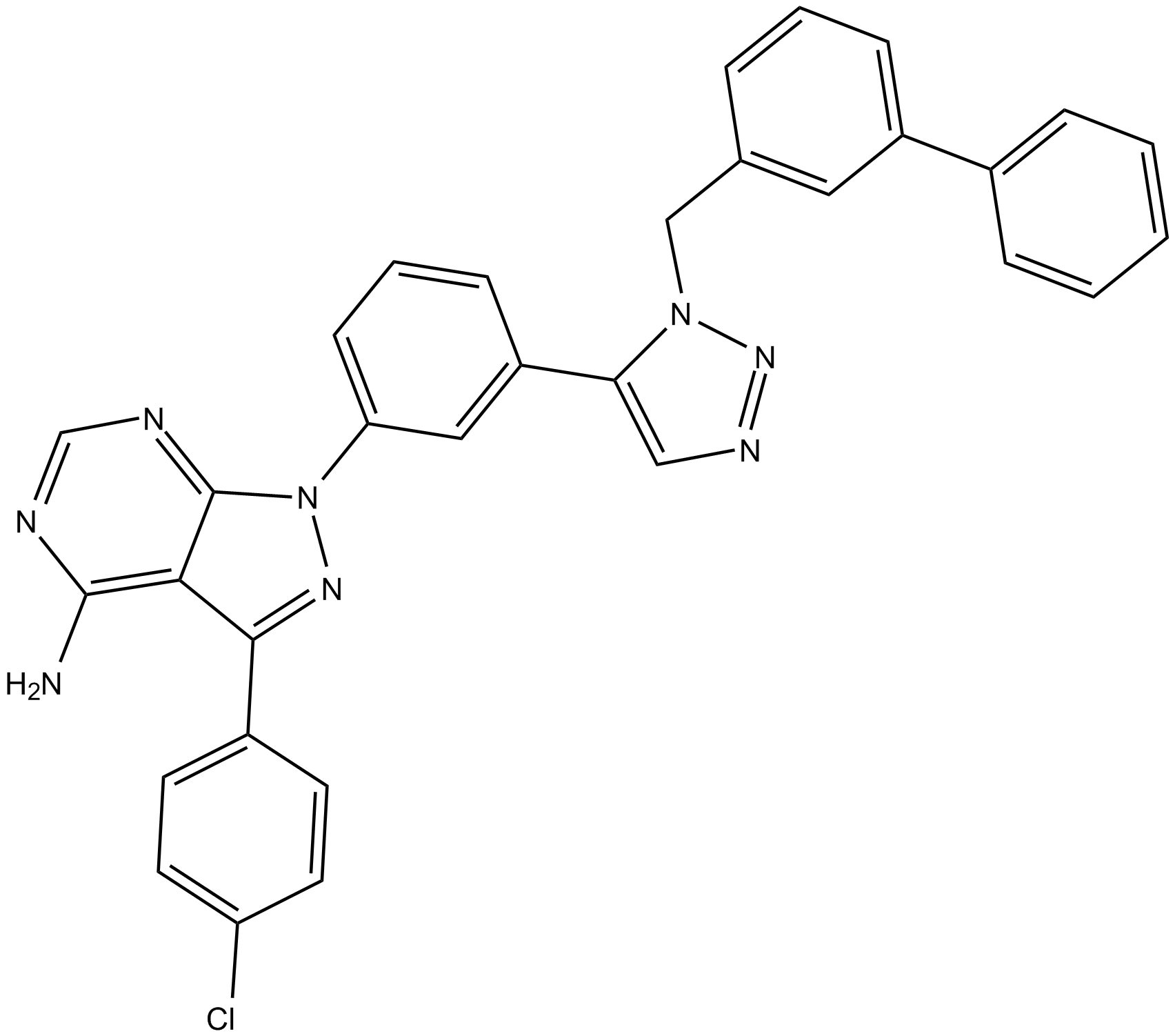 B5673 KB SRC 4Target: SrcSummary: c-Src inhibitor
B5673 KB SRC 4Target: SrcSummary: c-Src inhibitor -
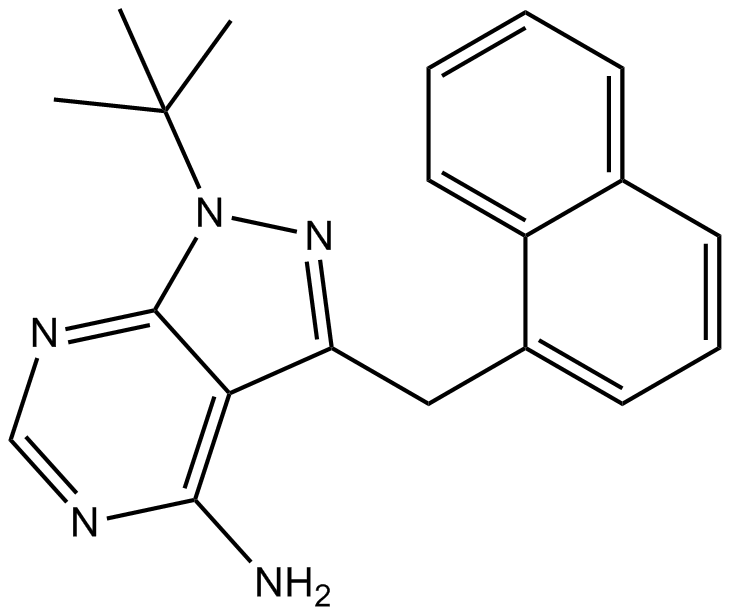 B1299 1-NM-PP1Target: Cyclin-Dependent Kinases|Bcr-Abl|Src|Ca2 /calmodulin-dependent protein kinases (CaMKs)|c-FynSummary: Pp60c-src inhibitor
B1299 1-NM-PP1Target: Cyclin-Dependent Kinases|Bcr-Abl|Src|Ca2 /calmodulin-dependent protein kinases (CaMKs)|c-FynSummary: Pp60c-src inhibitor -
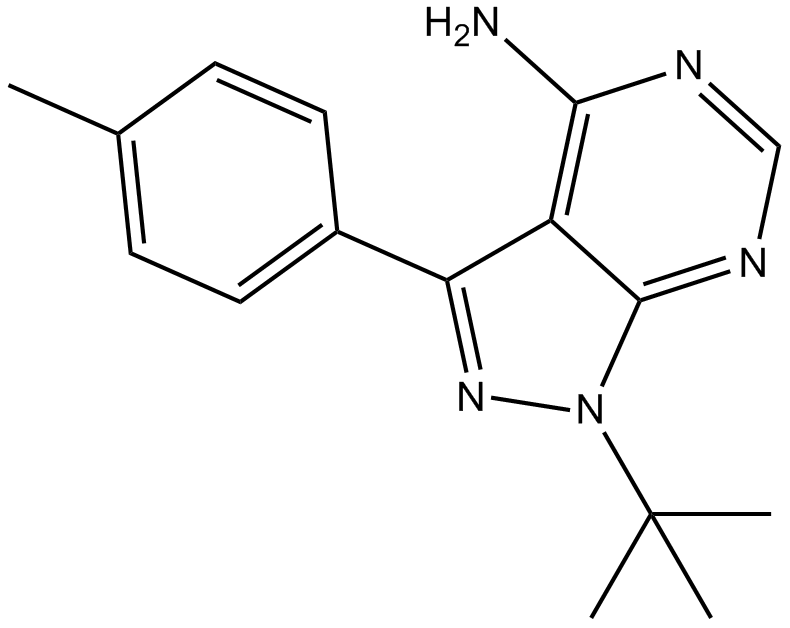 A8215 PP 1Target: Src|EGFR|JAK|ZAP-70Summary: Src family tyrosine kinase inhibitor
A8215 PP 1Target: Src|EGFR|JAK|ZAP-70Summary: Src family tyrosine kinase inhibitor -
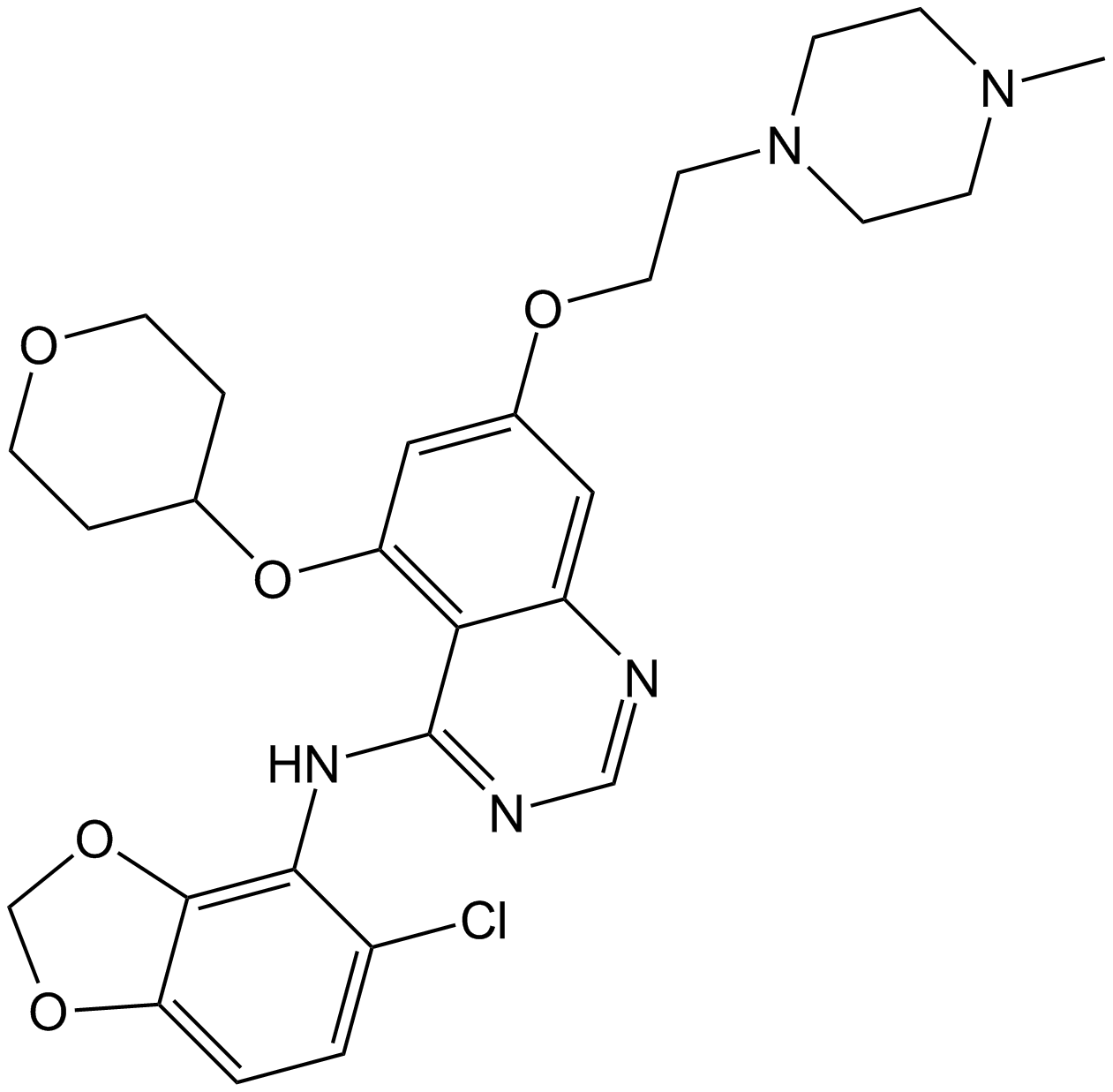 A2133 Saracatinib (AZD0530)3 CitationTarget: SrcSummary: Src/Abl inhibitor,potent and selective
A2133 Saracatinib (AZD0530)3 CitationTarget: SrcSummary: Src/Abl inhibitor,potent and selective

